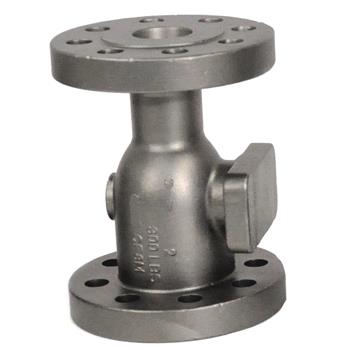
Professional China Manufacturer Customized Stainless steel Casting
-
Min Order
1
-
Product Unit
Pieces
-
Origin
China Mainland
-
Payment


- Contact Now Start Order
- Favorites Share
- Description
Product Detail
1.Material: | Ductile iron,Iron,stainless Steel,Carbon Steel, Alloy Steel, Aluminum, brass, or on request of customer |
2.Process: | Silicasol casting process and machining. |
3.Weight range: | 0.01-150KG |
4.Size: | As per the customer's drawings and requirements |
5.SurfaceTreatment: | painting,polishing, galvanization etc and as per customers" requirement |
6.Heat Treatment: | Annealing, normalizing ,quenching+tempering,solution treatment and as per customer's requirement. |
7.Inspection: | Factory in-house self check or Third Party inspection |
8.Certificate: | ISO9001-2008 |
9.Delivery: | By sea, air or express according to customers' requirement |
FAQ:
Question 1 : Are you a factory or a trading company ?
Answer : We are a factory with designing, manufacturing, machining ,marketing in WuXi city, JiangSu province, near from ShangHai 100Km.
Question 2 : How can I get some samples ?
Answer :We are honored to offer you samples for free, but the new clients are expected to pay the courier cost, and the charge will be deducted from the payment for formal order.
Regarding the courier cost, you can arrange a RPI ( remote pick-up ) service upon Fedex, UPS, DHL, TNT, etc. to have samples collected ; or inform us your DHL collection account. Then you can pay the freight directly to your local carrier company.
Question 3 : Can your factory print or emboss my logo on the goods ?
Answer :Yes, we can print or emboss the logo on the goods or their packing box, for patent protection purpose, a letter of attorney ( letter of authorization )shall be provided for the logo .We usually produce goods based on customer's samples or based on customer's picture, logo, size etc. detail information design for customers.
Question 4 : How does your factory do regarding quality control ?
Answer : we pay high attention to quality control from the very beginning to the end of the production. Every product will be fully tested before it's packed for shipment.
Our advantages:
1: Globally acceptable quality: The products offered by us are thoroughly examined by our experienced professionals to ensure their durability, reliability and long service life.
2:Competitive price: direct manufacturer, reducing all unnecessary cost for you.
3:Professional team:5 years foreign customers service experience. Over 10 years investment casting manufacture. Almost 35% high educated people.
Hoohi is able to work with most of the 2D and 3D software, like Auto CAD, SolidWorks, Pro/Engineer, UG and others. Our engineers are ready to help customers with any technical issues.
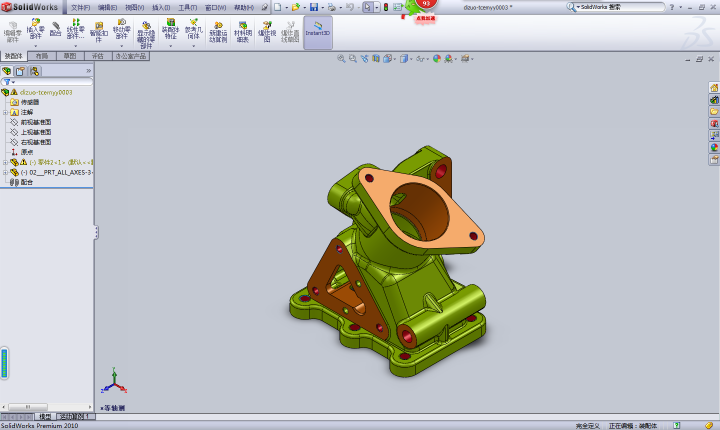
We could use software Magma that be able to improve our casting quality.

The product are exported to US, Japan, UK, Canada, Netherland, Germany, etc .The professional team with rich practical experience will help you optimizing the whole solution for you from casting designing, casting processing to machining, heat treatment, surface treatment and so on, lower total processing cost a or achieve value-added products, help you to improve market competitiveness and obtain maximize profits.
Any question, please feel free to contact us. We look forward to establishing long-term cooperation with you!
ROLE OF ALLOYING ELEMENTS IN STAINLESS STEEL
CARBON
Carbon is always present in stainless steel. The amount of carbon is the key. In all categories except martensitic, the level is kept quite low. In martensitic grade the level is deliberately increased to obtain high strength and hardness. Heat treating by heating to a high temperature, quenching and then tempering develops the martensitic phase.
Carbon can have an effect on the corrosion resistance. If the carbon is allowed to combine with the chromium (to form chrome carbides), it may have a detrimental effect on the ability of the “passive” layer to form. If, in localized areas, the chrome is reduced to below 10.5%, the layer will not form
CHROMIUM
Chromium is a highly reactive element and accounts for the “passive” nature of all stainless steels. The resistance to the chemical effects of corrosion and the typical “rusting” (oxidation) that occurs with unprotected carbon steel, is the direct result of the presence of chromium. Once the composition contains at least 10.5% chromium, an adherent and insoluble surface film is instantaneously formed that prevents the further diffusion of oxygen into the surface and prevents the oxidation of the iron in the matrix. The higher the chromium level the greater the protection.
NICKEL
Nickel is the essential allying element in the 300 series stainless steel grades. The presence of nickel results in the formation of an “austenitic” structure that gives these grades their strength, ductility and toughness, even at cryogenic temperatures. It also makes the material non-magnetic. While the role of nickel has no direct influence on the development of the “passive” surface layer, it results in significant improvement in resistance to acid attack, particularly with sulfuric acid.
MOLYBDENUM
The addition of molybdenum to the Cr-Fe-Ni matrix adds resistance to localized pitting attack and better resistance to crevice corrosion (particularly in Cr-Fe ferritic grades). It helps resist the detrimental effects of chlorides (316 with 2% moly is preferred over 304 in coastal and de-icing salt situations). The higher the molybdenum content (there are stainless steels at 6% moly), the better the resistance to higher chloride levels.
MANGANESE
Generally manganese is added to stainless steels to assist in de-oxidation, during melting, and to prevent the formation of iron sulfide inclusions which can cause hot cracking problems. It is also a “austenite” stabilizer and when added in higher levels (from 4 to 15%) replaces some of the nickel in the 200 series stainless steel grades.
SILICON & COPPER
Small amounts of silicon and copper are usually added to the austenitic stainless steels containing molybdenum to improve corrosion resistance to sulfuric acid. Silicon also improves oxidation resistance and is a “ferrite” stabilizer. In “austenitic stainless steels, high silicon contents improves resistance to oxidation and also prevents carburizing at elevated temperatures (309 and 310 are examples)
NITROGEN
In “austenitic” and “duplex” stainless steels, nitrogen increases the resistance to localized pitting attack and inter-granular corrosion. Low carbon “austenitic” grades (designated with an “L” since they contain less than 0.03% carbon), are suggested for welding operations, since the lower carbon minimizes the risk of sensitization. The low carbon levels, however, tend to reduce the yield strength. The addition of nitrogen helps to raise the yield strength levels back to the same level as standard grades.
NIOBIUM
Niobium additions prevents inter-granular corrosion, particularly in the heat effected zone after welding. Niobium helps prevent the formation of chrome carbides, that can rob the microstructure of the required amount of chromium for passivation. In “ferritic” stainless steels the addition of niobium is an effect way to improve thermal fatigue resistance.
TITANIUM
Titanium is the main element used to stabilize stainless steel before the use of AOD (Argon-Oxygen Decarburization) vessels. When stainless steel is melted in air, it is difficult to reducing the carbon levels. 302, the most common grade before AOD’s, was allowed to have a maximum carbon level of 0.15%). At this high level, something was needed to stabilize the carbon and titanium was the most common way. Titanium will react with the carbon to form titanium carbides and prevent the formation of chrome carbides, that could affect the formation of the “passive” layer. Today all stainless steel are finished in an AOD vessel and the carbons levels are generally low due to the absence of oxygen. The most common grade today is 304 (with 0.08 max carbon, although in reality the levels are lower).
SULFUR
Sulfur is generally kept to low levels as it can form sulfide inclusions. It is used to improve machinability (where these inclusion act as “chip breakers). The addition of sulfur, however, does reduce the resistance to pitting corrosion.
- Professional Battery Separator YF-800 1300 Slitting Machine 1 Pieces / (Min. Order)
- Twisted Five Tons Of Diesel Engine Grinding Lightweight 1 Pieces / (Min. Order)
- Professional Custom Hot-pressing Machine 1 Pieces / (Min. Order)
- Promotional Custom Advertising Paper Bag For Shopping 1 Pieces / (Min. Order)
- Professional Customized Clear Plastic PVC Box 1 Pieces / (Min. Order)
- Professional Factory Paper Socks Box 1 Pieces / (Min. Order)
- High Quality Cardboard Box, Rigid Paper Box For Gift Packing 1 Pieces / (Min. Order)
- Design Professional Round Box For Cosmetics Packing 1 Pieces / (Min. Order)
- KS-500A 999 Zones Long Distance Alarm System for High Building 1 Pieces / (Min. Order)
- KS-56A Wireless Signal Transceiver (Wired to Wireless) 1 Pieces / (Min. Order)
- Professional Supplier And GMP Factory Of Stevia Extract powder 1 Pieces / (Min. Order)
- professional Hidden VEHICLE Blackbox DVR Car DVR Car Black Box with driving recording fit for audi car 1 Pieces / (Min. Order)
- High hardness and high wear resistant mildew green bamboo flooring 1 Pieces / (Min. Order)
- Profession custom plastic bluetooth speaker packaging box , transparent plastic folding 1 Pieces / (Min. Order)
- Manual Professional Custom Buffer Tank Stainless Steel 1 Pieces / (Min. Order)
- Professional Candy Colors Cheap Price Wireless Portable Mini Altavoz Portable Speakers S-10 1 Pieces / (Min. Order)
- Wall Calendar Professional custom design metal spiral wall calendar 1 Pieces / (Min. Order)
- Professional Metal Detector With Color View Meter 1 Pieces / (Min. Order)
- Professional Metal Detector With Surface Elimination 1 Pieces / (Min. Order)
- Professional Metal Detector With Large LCD 1 Pieces / (Min. Order)
 Menu
Menu


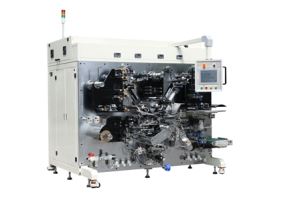
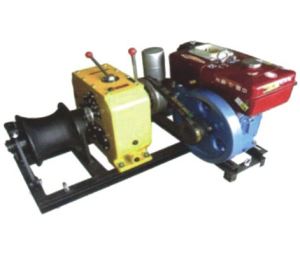

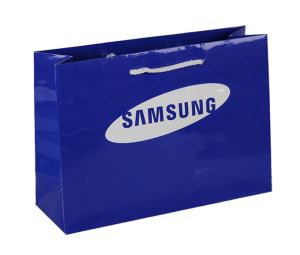
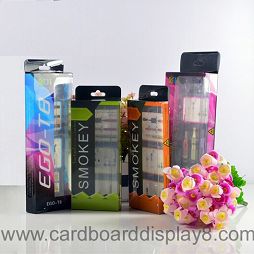
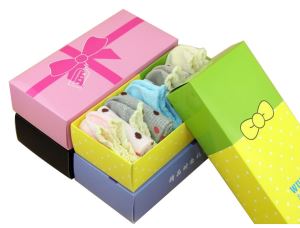
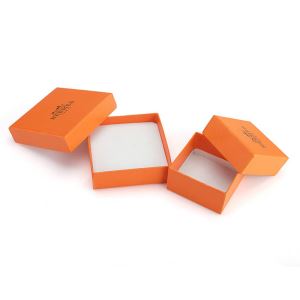

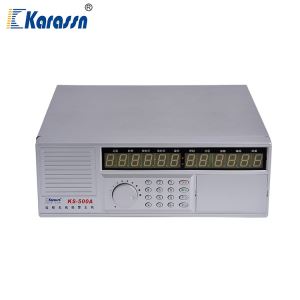
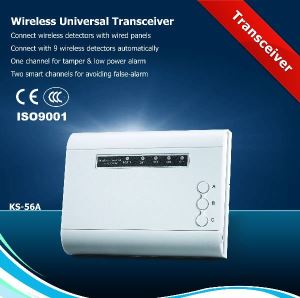
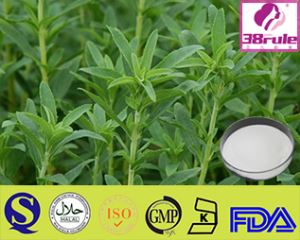
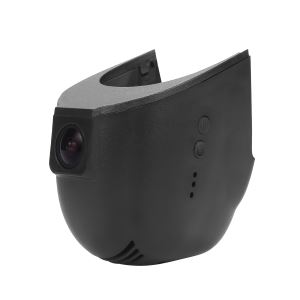
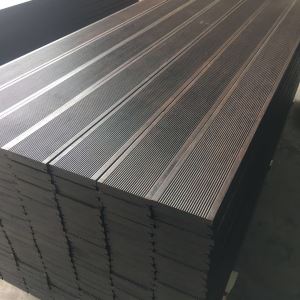
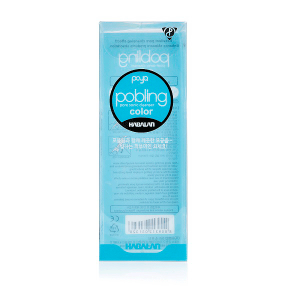

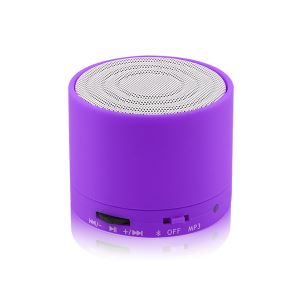

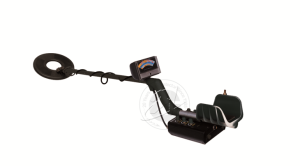
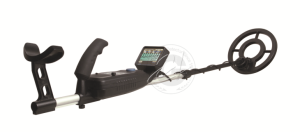

 Favorites
Favorites
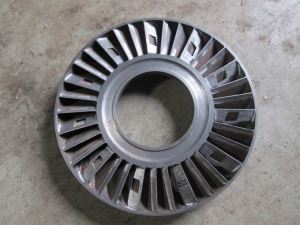


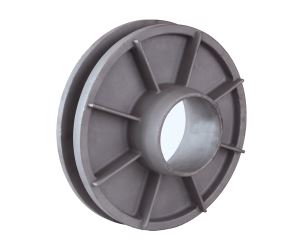
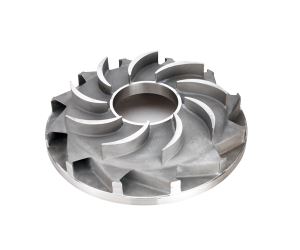
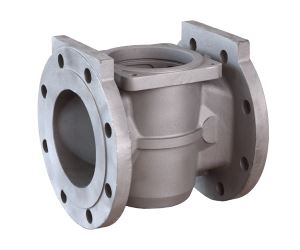
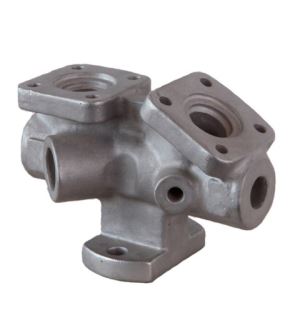

 Frequent updates ensuring high quality data
Frequent updates ensuring high quality data
 Over 5000 customers trust us to help grow their business!
Over 5000 customers trust us to help grow their business!


 Menu
Menu